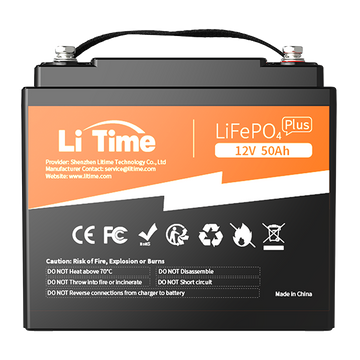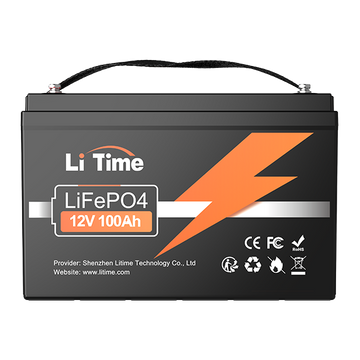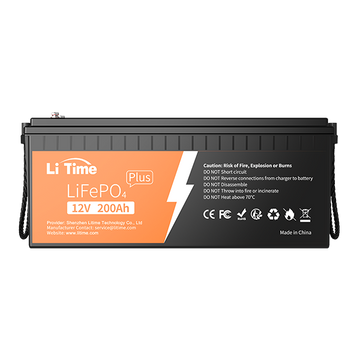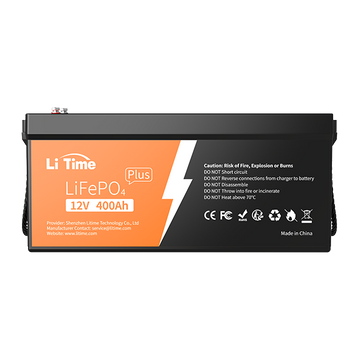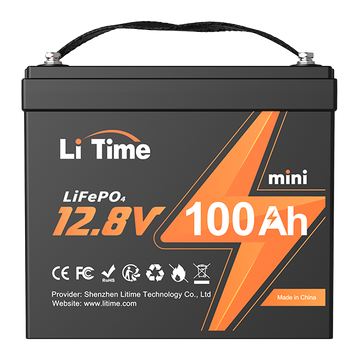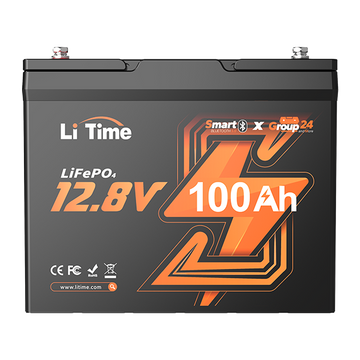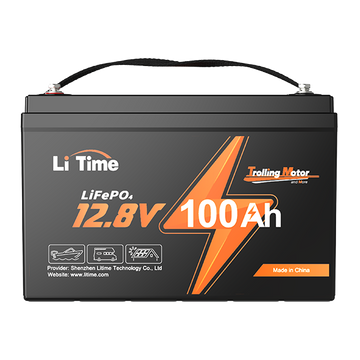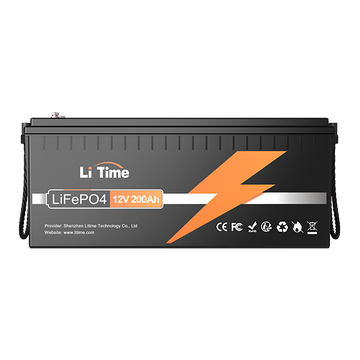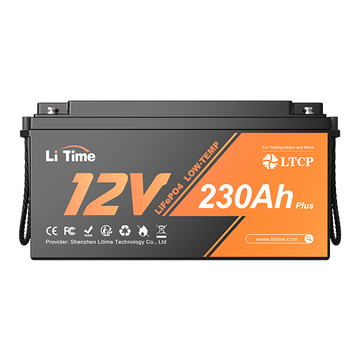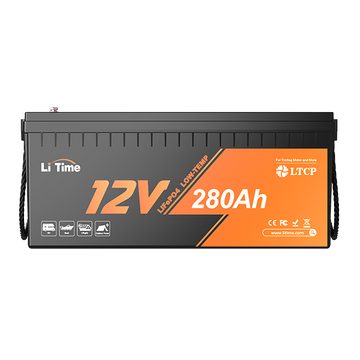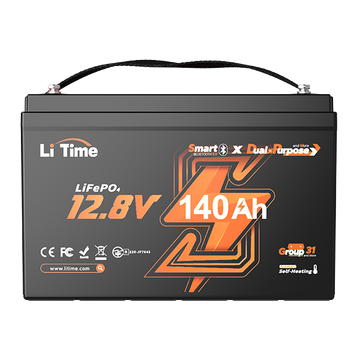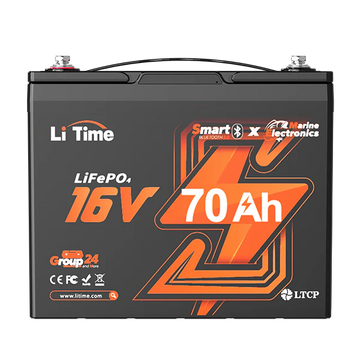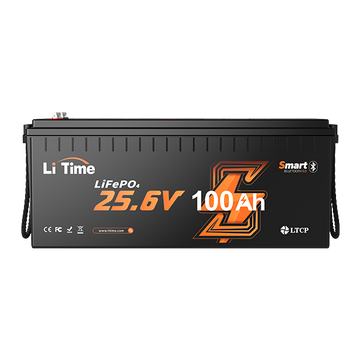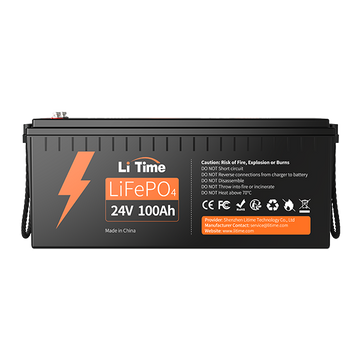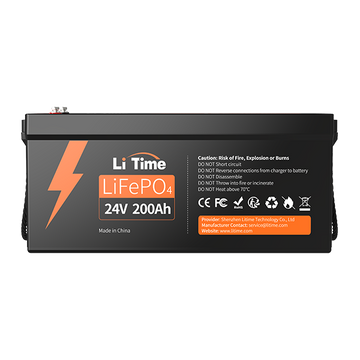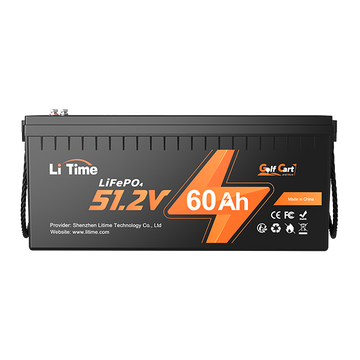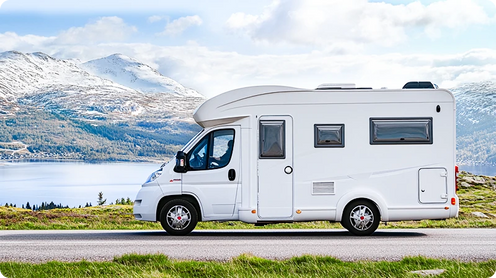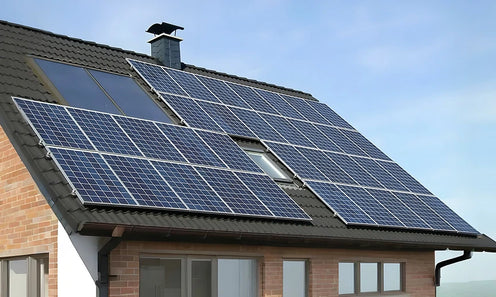In 2025, more Australian homeowners are pairing their solar panels with batteries to cut bills, gain energy independence and protect against blackouts. This guide explains how much a 10kW solar system with battery really costs, what affects the price, and how to find good value.
Table of Contents
- 1. 10kW Solar Battery Price Overview
- 2. Solar Output vs. Daily Household Consumption: Why 10kWh Makes Sense
- 2.1 How Much Electricity Does a Typical Household Use?
- 2.2 Why Is a 10kWh Battery Still Relevant?
- 2.3 Common Household Appliance Consumption
- 3. Is a 10kW Solar System with Battery Right for Your Home?
- 3.1 Battery Size Directly Affects Your Final Cost
- 3.2 Battery Size vs. User Scenario (LiTime Examples)
- 3.3 Is Your Roof and Usage Suitable for 10kW?
- 4. Looking for the Best 10kW Solar Battery Price in Australia?
- 5. FAQS about 10kW Solar system Battery in Australia
10kW Solar Battery Price Overview
In Australia, the overall price of a 10kW solar system with battery typically ranges from $14,000 to $25,000, depending on several factors:
- Whether you choose an integrated energy storage system or a modular battery unit
- The battery brand and technology (such as Tesla Powerwall vs LiFePO₄ modular batteries)
- Whether the system includes inverter, solar panels, installation services, and other complete packages
Pricing can also vary based on your location, the quality of components, and the installation company you choose.
In addition, solar rebates differ depending on your system size and the amount of sunlight your postcode receives throughout the year.
Below is a comparison table of common battery systems that can be paired with a 10kW solar system.
📋 Price Comparison Table (Including LiTime):
| Brand/System | Battery Capacity | Includes Inverter & Installation | Approx. Price | Cost per kWh |
|---|---|---|---|---|
| Tesla Powerwall | 13.5 kWh | ✅ Yes | $15,500 | $1,148 |
| Sungrow | 12.8 kWh | ✅ Yes | $11,400 | $891 |
| SolarEdge | 10 kWh | ✅ Yes | $13,400 | $1,340 |
| BLUETTI EP760 | 9.9–19.8 kWh | ✅ Yes | $8,000–$21,997 | ~$808 |
| LiTime 12V 400Ah | 10.24kWh* (2P/2S) | ❌ Battery Only | $3,600–$4,200 | $360–$410 |
* LiTime 12V 400Ah LiFePO₄ Battery (2P/2S configuration for 10.24kWh, max capacity 81.92kWh in 4P4S configuration)
☀️ Solar Output vs. Daily Household Consumption: Why 10kWh Makes Sense
A standard 10kW solar system in Australia typically generates around 35–45 kWh per day, depending on your location, sun exposure, and roof orientation.
In sunnier regions like Queensland, daily output can reach 45 kWh.
In southern states like Tasmania, it’s usually closer to 35 kWh.
💡 So, how much electricity does a typical household use daily?
Based on data from the Australian Energy Regulator (AER) and the Australian Bureau of Statistics (ABS), here’s a snapshot of each state’s annual electricity consumption and population (as of 2024–2025):
| State | Annual Consumption (TWh) | Population |
|---|---|---|
| NSW | 67.5 | 8,511,151 |
| QLD | 56.1 | 5,608,666 |
| VIC | 43.0 | 7,012,962 |
| SA | 11.3 | 1,882,722 |
| TAS | 10.7 | 575,959 |
📌 Sources:
AER NEM Electricity Report (as of Jan 1, 2025)
ABS Population Release (Sep 2024): ABS Website
These figures reflect total state-level electricity use, including residential, commercial, industrial, and infrastructure loads.
According to the AEMC and other sources, residential use typically accounts for 25%–30% of this total.
Let’s estimate based on NSW:
67.5 TWh × 25% = ~16.9 TWh of residential usage
NSW has about 8.5 million people → ≈ 3.4 million households (assuming 2.5 people per household)
That gives ~4,960 kWh per household per year
➡️ Which translates to roughly 13.6 kWh per household per day
Other states yield similar results, with most households consuming 12–17 kWh per day on average.
🔋 So, why is a 10kWh battery still relevant?
Even though total household consumption may exceed 10kWh, not all electricity needs to come from the battery.
- Daytime usage can be directly supplied by solar panels.
- Batteries typically cover overnight usage—such as fridges, lighting, Wi-Fi, and hot water.
- Most home appliances are shared, not used independently per person.
This makes a 10kWh battery system a practical and cost-effective starting point, especially when paired with a 10kW solar system.
🔌 Common Household Appliance Consumption (Daily Average)
| Appliance | Power Rating | Avg Use per Day | Estimated Daily Consumption (kWh) |
|---|---|---|---|
| Refrigerator | ~100W | 24 hrs | 2.4 |
| Electric Water Heater | 2–3kW | 1–2 hrs | 2–6 |
| Air Conditioner | 1–2.5kW | 2–4 hrs | 3–8 |
| Washing Machine/Dryer | 0.5–3kW | 1 hr each | 2–4 |
| Lighting, TV, Wi-Fi | 200–600W | 4 hrs | 1–2 |
✅ In short:
A 10kWh battery won’t cover your entire energy usage year-round, but it’s an ideal entry point for backing up evening essentials and reducing grid reliance.
🧭 Is a 10kW Solar System with Battery Right for Your Home?
When considering a 10kW solar system with battery, most Australian households have two key questions:
- How much battery capacity do I really need?
- Is my home suitable for a system this size?
Let’s break this down by electricity usage and roof suitability.
🔋 Battery size directly affects your final cost — bigger isn't always better
Many people assume that if they use 15kWh of electricity per day, they need a 15kWh battery. But in reality:
- Daytime usage can be powered directly by solar panels.
- The battery mainly covers nighttime essentials: lighting, fridge, Wi-Fi, water heater, etc.
- A larger battery costs significantly more — what you need is just enough capacity + future flexibility.
📦 Battery size vs. user scenario: LiTime modular battery examples
| Configuration | Battery Capacity | Use Case | Recommended Setup | Estimated Price (AUD) |
|---|---|---|---|---|
| Basic | 10.24kWh | Small family, good sunlight, entry-level budget | 2P/2S | ≈ $3,800 |
| Upgraded | 15.36kWh | Larger family, water heater, laundry appliances | 2P/3S | ≈ $5,700 |
| High demand | 20.48kWh | EV charging, multiple air cons, night-time loads | 2P/4S or 3P/3S | ≈ $7,400–8,500 |
LiTime modular systems are expandable, ideal for staged investments and future upgrades.
📍 Is your home suitable for a 10kW solar system?
Check the following factors to see if a 10kW system makes sense for your household:
1. Do you have medium to high electricity usage?
- With average electricity rates of $0.25–0.35/kWh, monthly power bills over $250–400 AUD mean you're likely consuming 1,000–1,400kWh/month — ideal for 10kW systems.
2. Is your roof big enough?
- You’ll need around 40–50㎡ of unshaded roof space.
- North-facing roofs with 15°–30° tilt are best for solar output in Australia.
3. Do you plan to stay in your home for 5+ years?
- 10kW systems typically pay for themselves in 5–7 years.
- Feed-in tariffs and higher self-consumption help boost long-term return on investment.
✅ In Summary:
A 10kWh battery paired with a 10kW solar system is a great starting point for most Australian homes.
- Choose battery size based on your night-time needs — not your full-day usage.
- Opt for modular systems if you want to scale up later.
- If your monthly bill is high and your roof is suitable, a 10kW system can be a smart, future-ready investment.
💡 Looking for the Best 10kW Solar Battery Price in Australia?
If you’re searching for a high-performance, cost-effective battery solution to pair with your 10kW solar system, the LiTime 12V 400Ah LiFePO4 Lithium Battery is a top modular option designed specifically for systems around 10kWh. It can operate as a standalone battery or be expanded as your energy needs grow.
Key advantages:
- Delivers 5120Wh usable energy — equivalent to 4×12V 100Ah batteries
- 250A BMS with 250A continuous & 500A (5s) peak discharge current
- EV-grade LiFePO₄ cells with 4000+ cycles at 100% DOD
- Expandable to a maximum of 81.92kWh (4P4S configuration)
- IP65 waterproof and dustproof — ideal for solar, RV, marine, or off-grid storage
- Lightweight: only 37.5kg, 40% lighter than lead-acid equivalents
- Supports 4 charging methods: LiFePO₄ charger, solar, generator, alternator
- Maintenance-free, ships fast from NSW warehouse
📍 For detailed specs, pricing, and system recommendations, visit the LiTime Australia official website.

? FAQS about 10kW Solar system Battery in Australia
Is 10kW solar enough to run a house?
For many homes, a well-designed 10kW solar system can cover most daily electricity needs, especially with efficient appliances and good sun. Very large houses, heavy air-conditioning use or electric vehicles may still need extra panels or grid support.
Can I go off grid with a 10kW solar system?
You can go off grid with 10kW of solar if you pair it with enough battery storage and often a backup generator, but the system must be carefully sized and costs are higher. Most households choose a grid-connected system with battery instead.
How long will a 10kW solar battery last?
A 10kWh lithium battery can usually keep key household loads running for 6–12 hours, depending on how much power you use. In terms of lifespan, many modern LiFePO₄ batteries are rated for around 10+ years of regular daily cycling.
